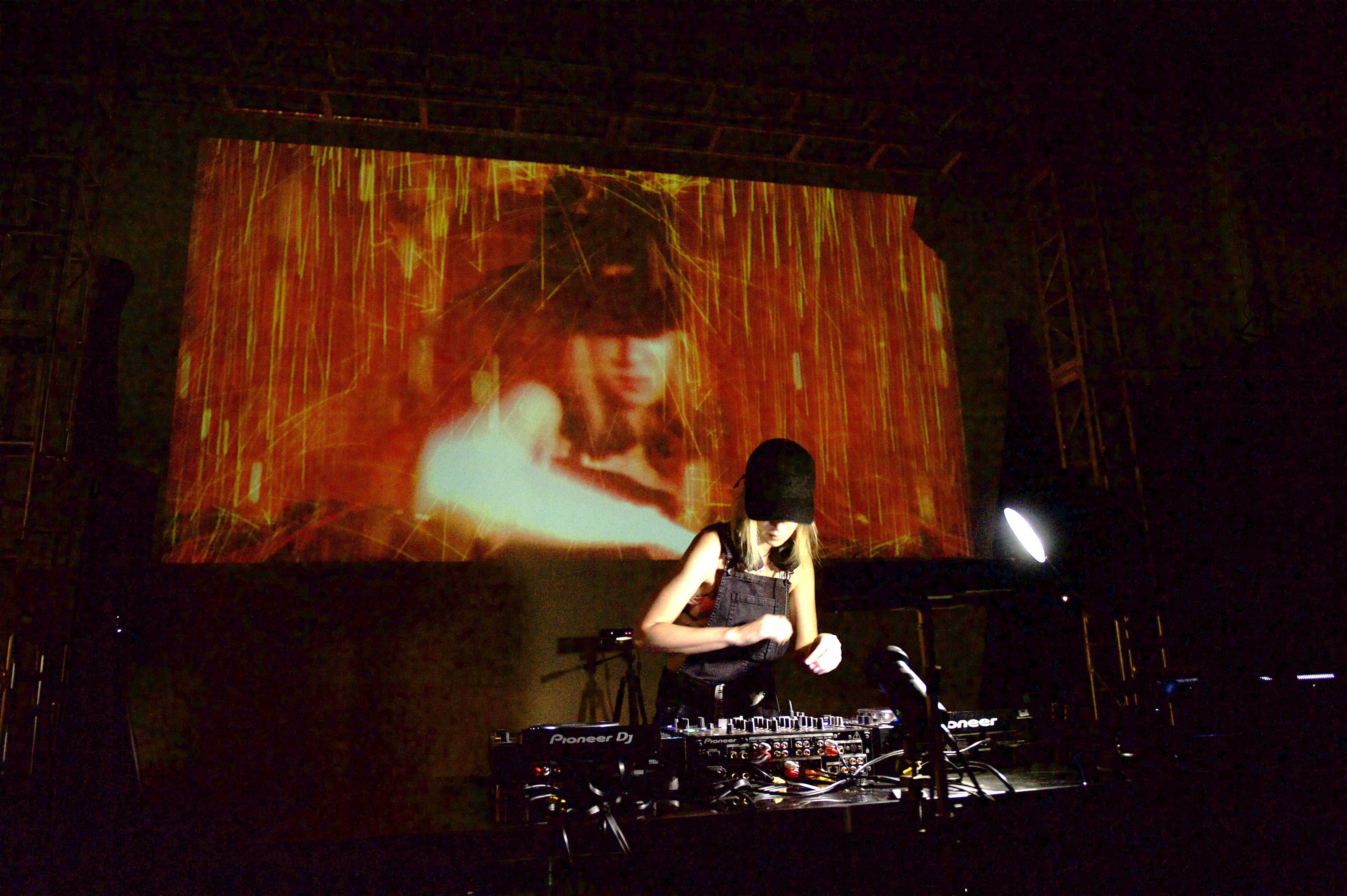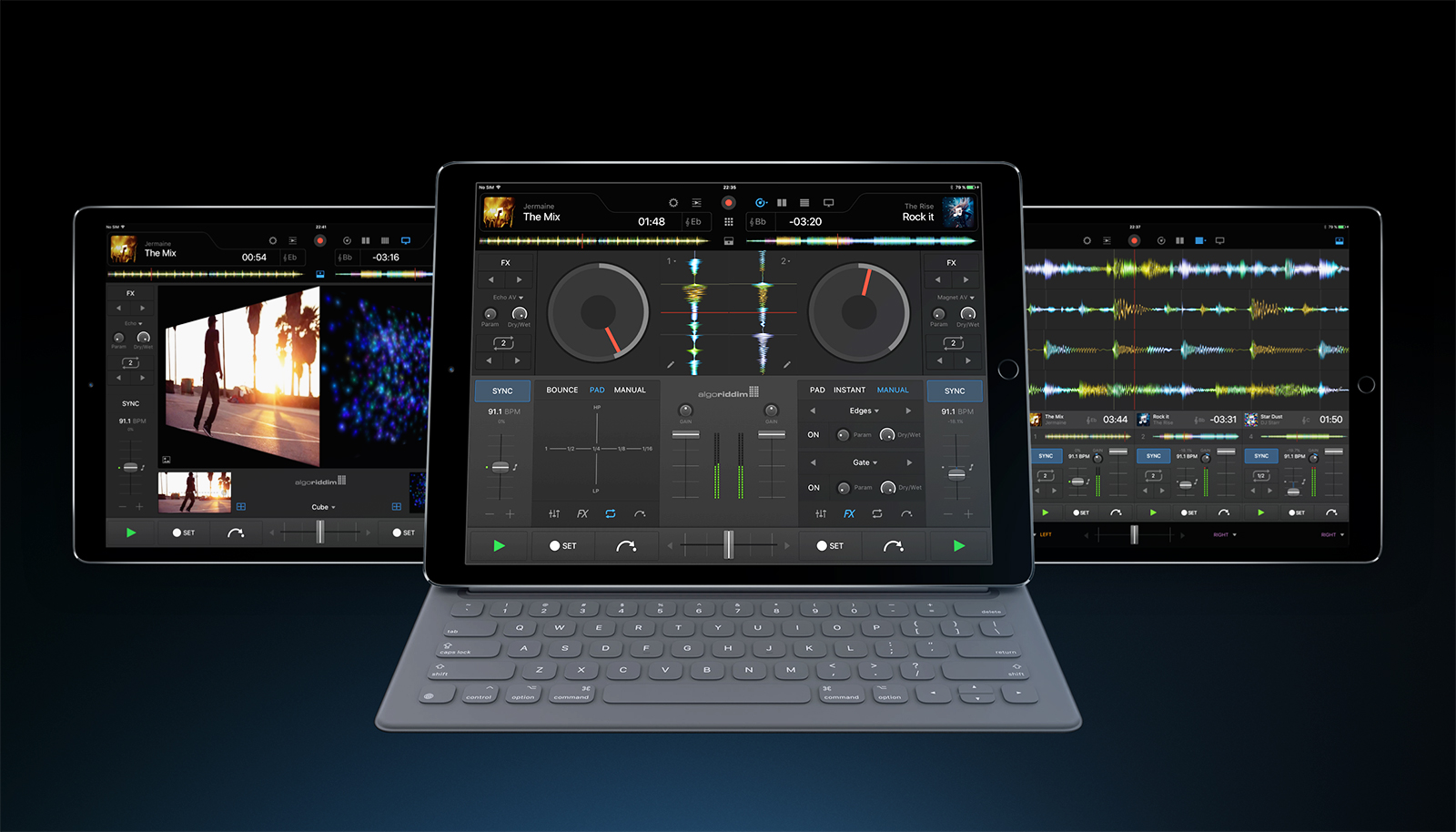I’ll start out by saying that the Wicked Lasers LaserCube is one of the coolest gadgets I’ve tinkered with in a while. This compact metal box is capable of putting on full color laser light shows in concert with an easy-to-use Windows, Mac, or Android app, and offers capabilities unlike anything I’ve seen in its price class. Starting at just $499, you’ll get a very impressive little device that’s great for dance clubs, art installations, concerts, and other events where vibrant and unique visuals could come in handy.

This 4-inch metal cube packs in powerful red, green, and blue lasers, combined with moving mirrors to project brightly-lit animations, still images, and even video games onto pretty much any flat surface. The basic model offers up 800mW of power, while the Pro version gets 1 watt. Despite its power, it can even run on battery – up to 2 hours with the basic model, and 3 hours with the Pro model.

Keep in mind that this thing is not a toy – and lasers this bright can cause permanent eye damage if you aren’t careful with them. That said, the LaserCube has multiple safety mechanisms in place to ensure that it can’t be switched on unless you have both its key and circuit dongle in place. Aimed at a projection surface – or focused at least 3 meters above the heads of people, it’s perfectly safe to use. It’s easy to mount too, with a standard tripod screw thread on its bottom. Wicked Lasers also offers its own compact tripod and ball for $59, but any tripod will do the trick, and is likely to provide greater versatility than this stubby little guy.

The LaserCube works hand in hand with LaserOS, which provides a myriad of visuals to play with out of the box. Note that I only used the Windows version of the software, so your experiences might be different with the Mac or Android versions. The software installs easily, and provides a quick and intuitive interface which is so responsive that you could even use it in a live performance setting. It comes pre-loaded with over 300 still images, 100 animations, and provides the ability to import your own images as well. There’s also a great tutorial that Wicked Lasers posted here.
Animations can be set to adapt based on audio beats through any of your computer’s audio inputs, as well as via MIDI control. In addition, each visual can have effects applied to it, many of which respond to audio as well. You can also create sequences aka “playlists” of visuals which can be played back in order. However, that aspect of LaserOS is pretty limited, and doesn’t provide any sort of timeline view, which would make it much more powerful. That said, the LaserCube is compatible with several professional laser control applications like LaserShowXpress, and Modulaser, which provide a deeper level of control, albeit with a steeper learning curve.

There are a bunch of pre-loaded dance animations which are especially great for synchronizing with music, and you can also make abstract geometric animations, text scrollers, and much more. It also has the ability to do “beam shows” which require the use of a fog machine (and careful placement) to enjoy their effect to the fullest. I didn’t have a fog machine lying around, but here’s a little show that LaserCube user Eric Smith posted on YouTube:
While I loaded some still images of my own, I didn’t manage to create any of my own original animations, but apparently it can be done by importing a sequence of line art illustrations in .SVG format all in the same folder, and then naming them in order (i.e.: filename_1.svg, filename_2.svg, etc.)

Another novelty application for the LaserCube is its ability to play vector-based video games. There are rudimentary versions of Frogger, Tetris, Asteroids, and a few other games included, but this is really just something to show off the system, and not for serious gameplay.

The LaserCube is also powerful enough to light a match or pop balloons, and even has an app for aiming and popping multiples in sequence. It can also perform basic laser engraving work on wood with an add-on focusing lens, but it’s by no means a replacement for a dedicated laser engraver as it’s just too slow to really be a serious engraving tool. This gadget is first and foremost a tool for the visual arts, and that it does extremely well for its size and price.

There’s so much variety to the imagery you can create with the LaserCube and LaserOS that I had a hard time exploring everything it can do. The combination of hardware and software makes for a truly amazing little device, and any VJ, DJ, dance club owner, or visual artist should definitely consider adding one or more to their bag of tricks. You can order the LaserCube now from Wicked Lasers with prices starting at $499.

 When it comes to live shows, the visuals are key to making a lasting impression. I'd even argue that what you see is just as important as the quality of the music. It is a performance, after all. Touring musicians employ all kinds of A/V gear in an a...
When it comes to live shows, the visuals are key to making a lasting impression. I'd even argue that what you see is just as important as the quality of the music. It is a performance, after all. Touring musicians employ all kinds of A/V gear in an a...
 Apple's laptops have yet to adopt touchscreen capabilities, so when the super-sized iPad Pro was released, DJ software maker Algoriddim saw an opportunity. All that screen real estate could be well-served by bringing the djay Pro mixing app over from...
Apple's laptops have yet to adopt touchscreen capabilities, so when the super-sized iPad Pro was released, DJ software maker Algoriddim saw an opportunity. All that screen real estate could be well-served by bringing the djay Pro mixing app over from...